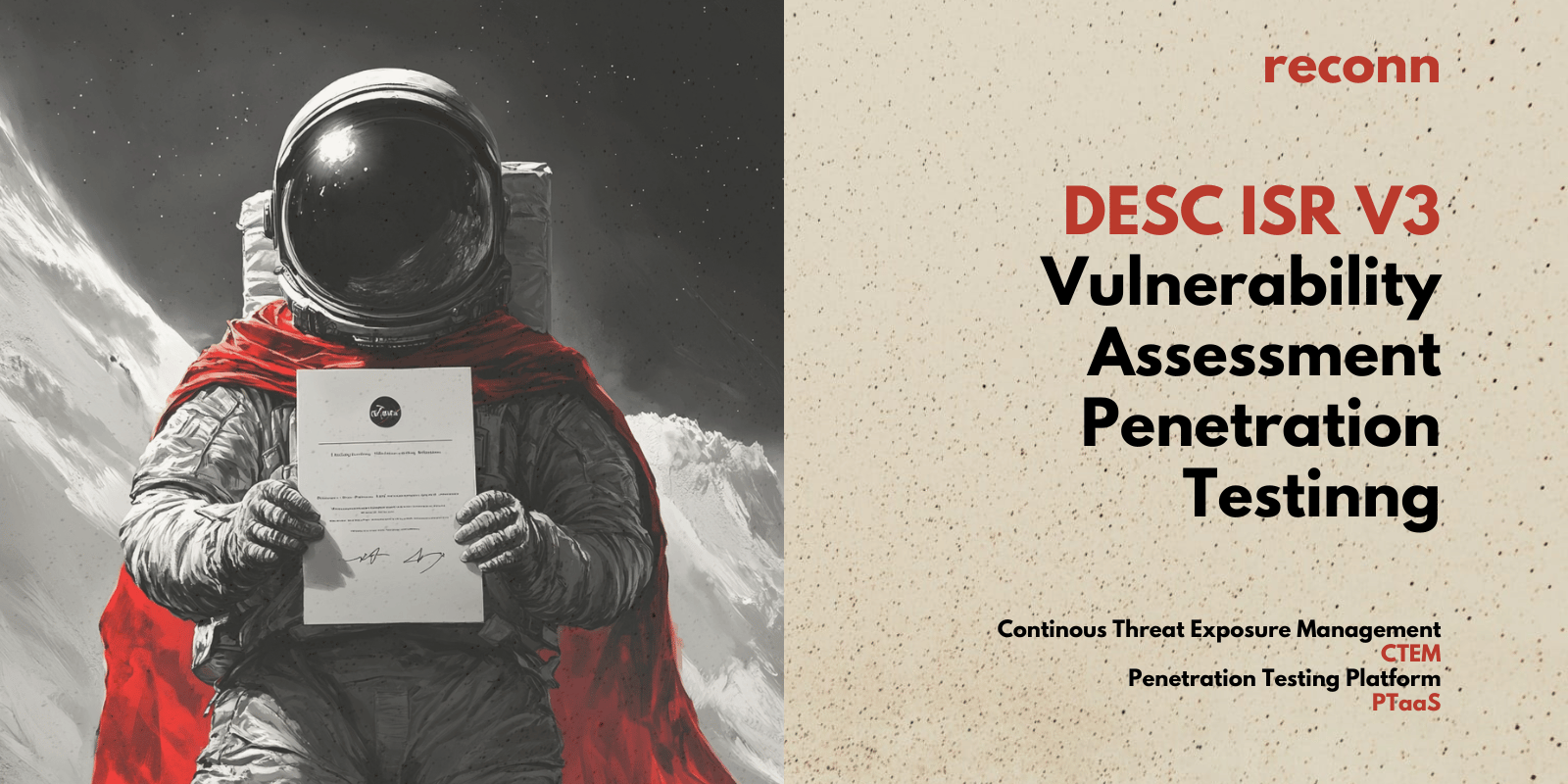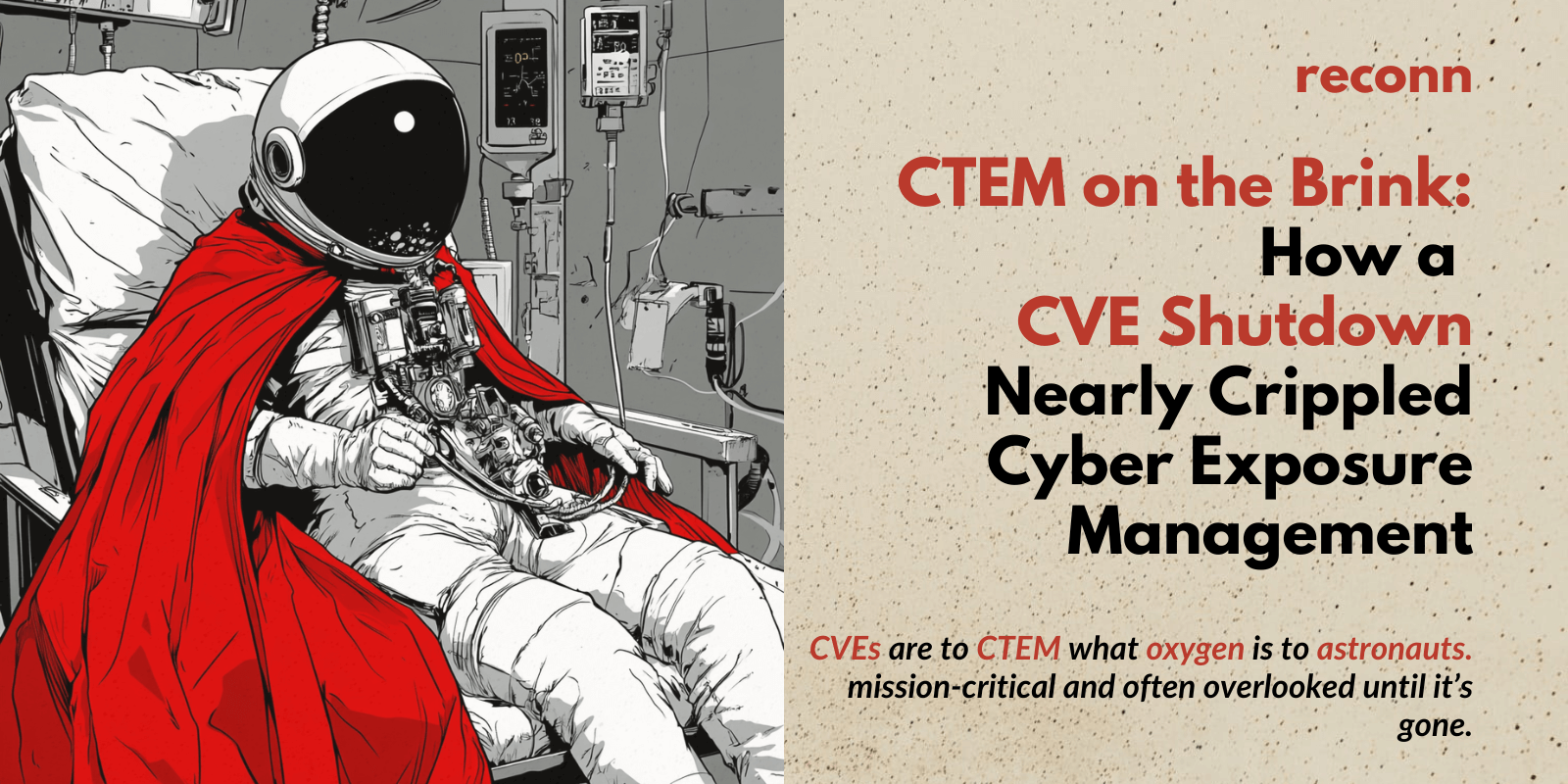Introduction: Strengthening Cyber Resilience with VAPT
With cyber threats evolving at an unprecedented pace, cybersecurity is no longer a one-time project—it’s a continuous process. Recognizing this, the Dubai Electronic Security Center (DESC) introduced the Information Security Regulation (ISR) v3, a mandatory cybersecurity framework designed to safeguard critical government and semi-government entities in Dubai.
Among the key focus areas, Domain 3 – Information Security Risk Management mandates that organizations conduct systematic risk assessments, prioritize vulnerabilities, implement appropriate mitigation strategies, and validate security controls through penetration testing.
But traditional vulnerability assessments and penetration tests (VAPT) are no longer sufficient. The modern cyber threat landscape demands a Continuous Threat Exposure Management (CTEM) approach—integrating real-time vulnerability management, automated assessments, and red teaming strategies to stay ahead of attackers.
This article explores how organizations can conduct effective vulnerability assessments and penetration testing (VAPT) to comply with DESC ISR v3 Domain 3 and how CTEM-powered solutions can enhance security posture beyond mere compliance.
Table of Contents
Understanding DESC ISR v3 Domain 3: Risk-Based Security Testing
Domain 3 of DESC ISR v3 mandates organizations to:
- Identify security risks and vulnerabilities affecting critical assets.
- Conduct periodic vulnerability assessments to detect weaknesses before attackers do.
- Prioritize vulnerabilities based on their impact and exploitability.
- Perform penetration testing (internal and external) to validate security measures.
- Monitor and review risk mitigation efforts to ensure continuous security improvements.
But here’s the challenge: Cyber threats don’t wait for quarterly assessments. Organizations need a continuous, intelligence-driven approach to vulnerability management and penetration testing.
Vulnerability Assessment vs. Penetration Testing: What DESC ISR v3 Requires
| Security Testing Method | Objective | DESC ISR Alignment |
|---|---|---|
| Vulnerability Assessment (VA) | Identifies weaknesses in systems, applications, and networks. | Supports 3.2.1 (Detailed risk assessments) and 3.2.2 (Prioritizing risks). |
| Penetration Testing (PT) | Simulates real-world attacks to exploit vulnerabilities. | Supports 3.2.1 (Risk assessment validation) and 3.3.1 (Risk mitigation validation). |
| Continuous Threat Exposure Management (CTEM) | Automates discovery, assessment, prioritization, and remediation of vulnerabilities. | Aligns with all DESC ISR v3 risk management controls. |
While vulnerability assessments are necessary for detecting security flaws, penetration testing ensures these flaws are not exploitable in real-world scenarios. DESC ISR v3 requires both VA and PT as part of a structured risk management strategy.
Step-by-Step Guide: Conducting VAPT for DESC ISR v3 Compliance
Identify Scope & Assets (Aligns with DESC ISR 3.1.4 & 3.1.6)
Identify critical systems, applications, and networks within the assessment scope.
Include third-party services and cloud-based assets (as required under ISR 3.1.4).
Use External Attack Surface Management (EASM) tools to map exposed assets.
Conduct Vulnerability Assessments (Aligns with DESC ISR 3.2.1 & 3.2.2)
Perform automated and manual vulnerability scans across internal and external environments.
Use Risk-Based Vulnerability Management (RBVM) to prioritize risks based on exploitability and impact.
Identify misconfigurations, unpatched software, and weak security controls.
Execute Penetration Testing (Aligns with DESC ISR 3.3.1 & 3.3.4)
Conduct both internal and external penetration testing to simulate real-world attack scenarios.
Test web applications, APIs, networks, and cloud environments for exploitable vulnerabilities.
Utilize PTaaS (Penetration Testing as a Service) for continuous security validation.
Analyze & Prioritize Risks (Aligns with DESC ISR 3.2.3 & 3.3.1)
Classify vulnerabilities based on:
CVSS Score & Exploitability (Is it actively exploited in the wild?)
Business Impact (Does it affect critical operations?)
Threat Intelligence Insights (Is it part of an active attack campaign?)
- Focus on high-risk vulnerabilities first, ensuring remediation is aligned with business priorities.
Implement Risk Treatment & Mitigation (Aligns with DESC ISR 3.3.1 & 3.3.5)
- Deploy patches, security controls, and compensating measures to mitigate identified risks.
- Implement Cloud Security Posture Management (CSPM) for cloud security compliance.
- Validate fixes through retesting and automated security monitoring.
Document & Report Findings (Aligns with DESC ISR 3.4.1)
- Generate detailed vulnerability reports and penetration test summaries.
- Provide remediation guidance and risk acceptance documentation for residual risks.
- Obtain top management sign-off for risk acceptance, as required under ISR 3.4.1.
How CTEM Enhances DESC ISR v3 VAPT aka Information Security Risk Manangement Compliance
Traditional VAPT approaches rely on periodic assessments, leaving organizations vulnerable between testing cycles. CTEM eliminates this risk by ensuring continuous security validation and risk mitigation.
- Continuous Vulnerability Monitoring
- Real-time scanning & risk prioritization instead of static quarterly assessments.
Automated Risk-Based Prioritization
- Identifies which vulnerabilities pose real threats, reducing remediation overload.
On-Demand PTaaS (Penetration Testing as a Services
- Enables continuous, AI-driven penetration testing rather than waiting for annual audits.
Integrated Compliance Reporting
- Provides automated DESC ISR v3 compliance reports, reducing manual documentation efforts.
How reconn can assist with DESC ISR VAPT
At Reconn, we deliver DESC ISR v3-aligned VAPT services powered by CTEM to ensure:
- Continuous vulnerability discovery & risk-based prioritization
- On-demand penetration testing (PTaaS) for real-time attack simulations
- Seamless integration with cloud, on-prem, and hybrid environments
- Automated compliance reporting to meet DESC ISR v3 requirements

Stay Ahead or Stay Hacked: The CTEM Advantage
Cyber threats don’t wait, so why should you? reconn’s Continuous Threat Exposure Management (CTEM) keeps you ahead with:
EASM – Find what’s exposed before attackers do.
RBVM – Fix what actually matters, not just what’s loud.
ASPM – Secure apps at every stage, not just before release.
CSPM – Cloud misconfigs? Not on our watch.
PTaaS – Real-world attack simulations, on demand.


